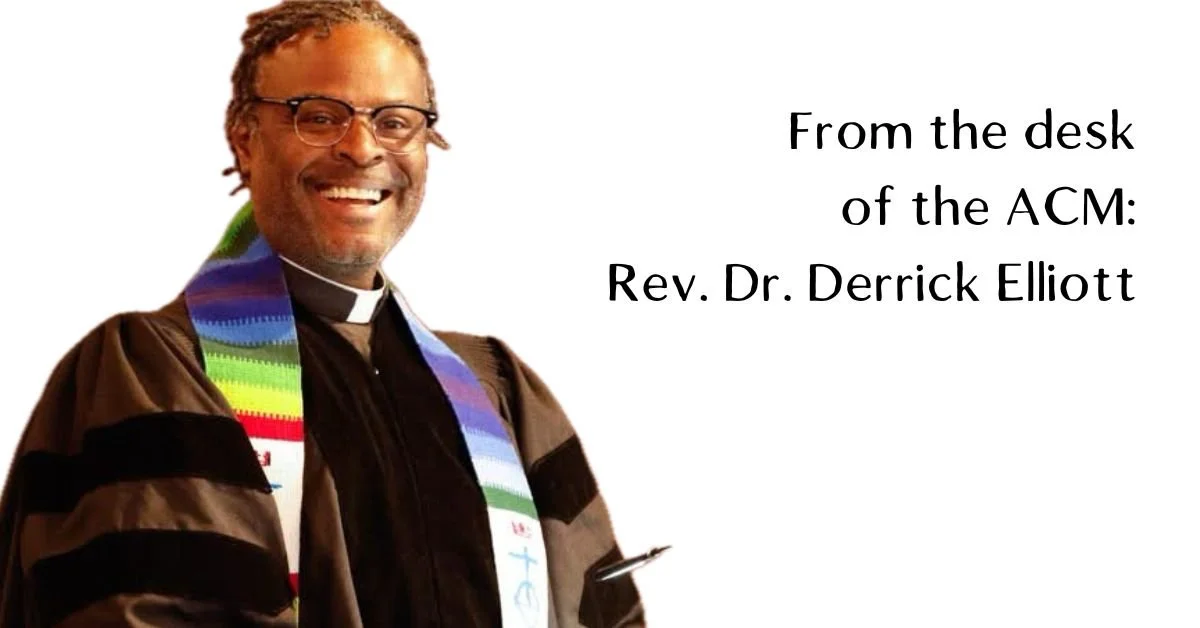Some of you know I keep chickens in my backyard. If you have ever raised chickens, you understand that they are not the cleanest animals. And where there are chickens, there are flies.
Have you ever noticed how flies rush to what is rotten while butterflies search for what is colorful and alive? Both insects have wings. Both can fly wherever they want. Yet they seek very different things. Flies target decay. Butterflies look for blossoms. One sees garbage. The other sees growth.
There is more to the story. Butterflies do not only settle on flowers. They also land on fruit as it spoils. They draw minerals from mud and perch in places we would rather avoid. Even creatures known for beauty sometimes linger where life is breaking down.
We behave the same way. We can always recognize what is good, but our assumptions step in before we notice. Sometimes we cling to ideas that have rotted. Other times, we discover goodness where we never expected it. Unconscious bias lives in that tension. It acts quickly. It points us toward what we hope to see instead of what is actually there.
Every one of us carries bias. Clergy. Church members. Neighbors. Our assumptions form from the stories we heard growing up, the experiences we survived, and the fears we still carry. Bias helps us make fast decisions, but it can also cause us to mistreat people or overlook the beauty standing right in front of us.
Jesus reminds us of this truth when he teaches,
“Do not judge by appearances, but judge with right judgment.”
John 7:24 (NRSVUE)
People of faith encounter this whenever they meet a clergyperson. Opinions form before we say anything. Some expect counseling. Others expect judgment. Some distrust religion and brace for disappointment. Clergy face bias based on race, age, gender, orientation, theology, or even the clothing we choose on a Sunday morning.
Clergy also bring assumptions into every room. We might label the member who constantly questions decisions or assume the young adult in the back row is uninterested. We might underestimate the newcomer who seems nervous. Ministry becomes healthier when clergy notice these thoughts and refuse to let them define anyone.
Most churches proudly say they welcome everyone. A genuine welcome takes more than a statement. It calls us to examine barriers we never meant to build. It requires us to ask who feels left out and why. It invites us to notice who is not invited into leadership circles.
Howard Thurman once wrote: “It cannot be denied that too often the weight of the Christian movement has been on the side of the strong and the powerful and against the weak and oppressed… this, despite the gospel.” His words remind us how easily bias can shape not only individuals but entire institutions. The church is called to confess when we have overlooked or harmed those Christ asks us to honor.
Jesus sees beyond appearances. He brings together people who would never sit near each other anywhere else. A faithful church seeks the image of God in everyone, especially in those who have felt unseen.
Bias does not stop at the church door. It influences hiring, health care, policing, neighborhood trust, and friendships. When we slow down and question our first thoughts, we help build a community where more people are treated fairly and have a chance to belong.
Scripture calls us to love our neighbors, welcome the stranger, and judge with care. When the church practices this consistently, we help shape a healthier world.
Flies always find what is rotting. Butterflies look for sweetness and color, yet even they sometimes pause where life looks messy. That reminds us that hope often grows in unexpected places.
So, we ask:
What assumptions am I bringing into this moment?
Where did those ideas come from?
What good might I find if I look again?
Let us train our hearts to see what God sees. Let us search for life in every person. And let us welcome each other with curiosity, honesty, and grace.

